Use vSphere Hot-Add to adjust CPU and RAM
TipsMake.com - For those who often have to use and work in a virtual environment, the lack of hardware resources happens quite a lot. However, if they want to fix this problem, how will they do it? Pause the program, upgrade the system . In the following article, we will guide you through a few basic steps to limit the problem with the Hot-Add feature of Vmware vSphere.
Basically, this Hot-Add feature allows managers to improve the performance of the system by increasing RAM capacity without affecting the operation of the virtual machine. Likewise, Hot-Plug , but the object here is CPU , not RAM . In some special cases, Hot-Add and Hot-Plug can be used interchangeably.
Some points to note:
In most cases, there are very few types of hardware that can be applied in this 'hot' way, especially while the virtual machine system is operating. Another point to note is that the operating system and the program must be 'identified' by the hardware device that they want to add.
The following is a case where a virtual machine system has not been enabled with Hot-Add or Hot-Plug features .
To refer to the hardware properties of the virtual machine, open the vSphere client program, select the virtual machine (in this test is vMA ), click Edit Settings in the Summary tab, and when the Virtual Machine Properties window displays , open the Hardware tab:
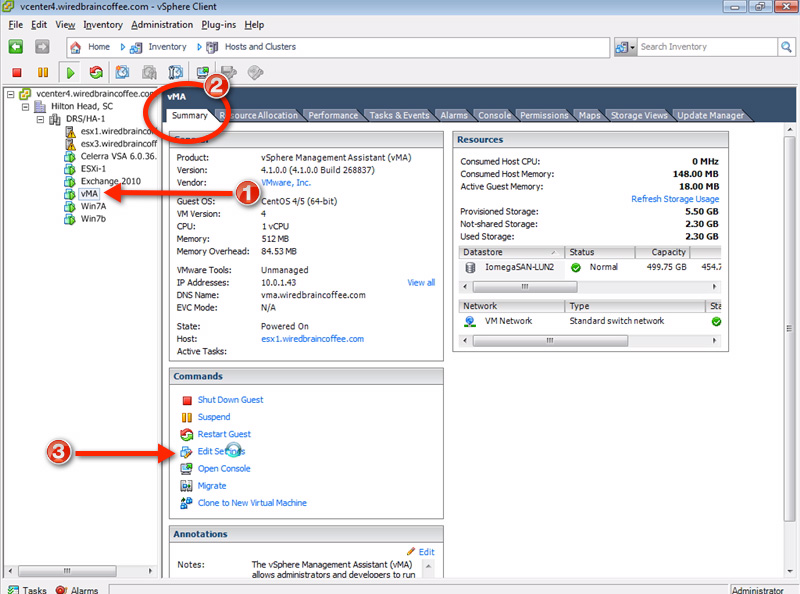
Click Memory and check if the Memory Configuration section is as blurred as the image below.
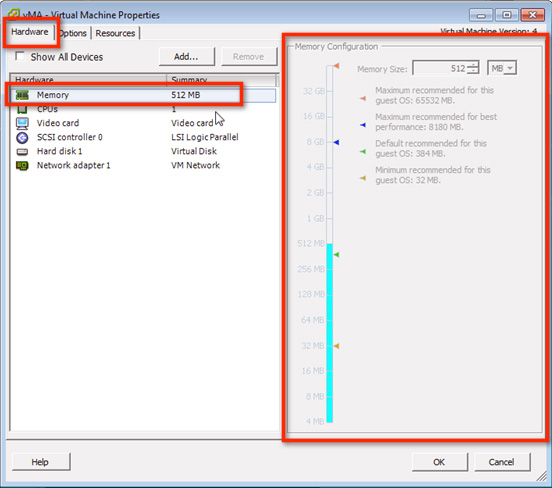
Assume that the VM - Virtual Machine system is still active when performing this process
If it is blurry, it means that we cannot change the RAM capacity. Next, select the CPUs section to check the processor information:
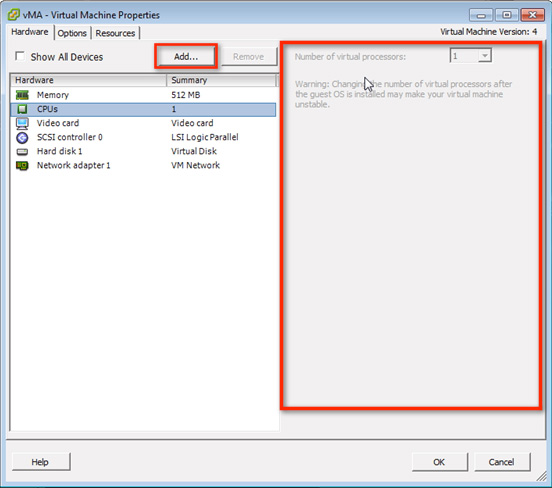
Try clicking the Add button - with the main function of assigning additional hardware devices to the virtual machine, here we will see there are many devices with text next to unavailable , but only Hard Disk and SCSI Device:
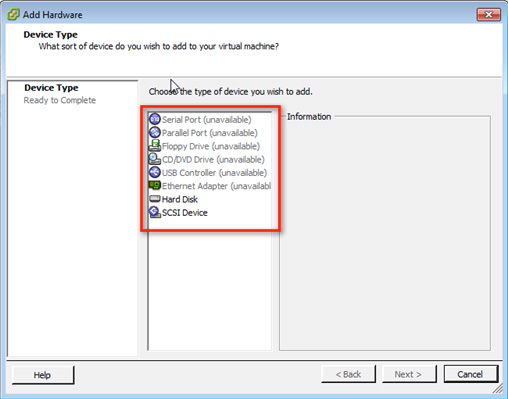
About vSphere Hot-Add and Hot-Plug:
Before we continue, let's talk about some of the drawbacks of using vSphere Hot-Add and Hot-Plug.
While vSphere supports Hot-Add and thus allows users to easily assign more RAM , but does not support the reduction of RAM . And more importantly, these features must be supported by the operating system, not just depending on vSphere .
Below is a list of some versions of Windows Server operating systems that support the feature:
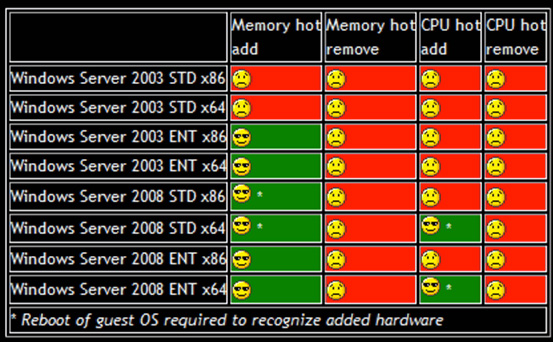
Besides, some other operating systems support the ability to increase CPU capacity without having to reboot:
Windows 7 Enterprise and Ultimate 64-bit
Windows Server 2008 64-bit Datacenter
Both Hot-Add and Hot-Plug features are not enabled by default, and if you want to use them, you must turn off the virtual machine first. This is quite complicated, because when you realize that the system is sluggish, that's when everything works. The last point to note is that Hot-Add and Hot-Plug are not compatible with VMware Fault Tolerance, so if your system is using VMware FT on a virtual machine, Hot-Add or Hot-Plug is not enabled.
Enable Hot-Add and Hot-Plug:
To do this, open the vSphere Client program and turn off the virtual machine you want to apply, make sure that the operating system supports Hot-Plug and Hot-Add features before continuing. After you have turned off the virtual machine, select Edit Settings in the Summary tab:
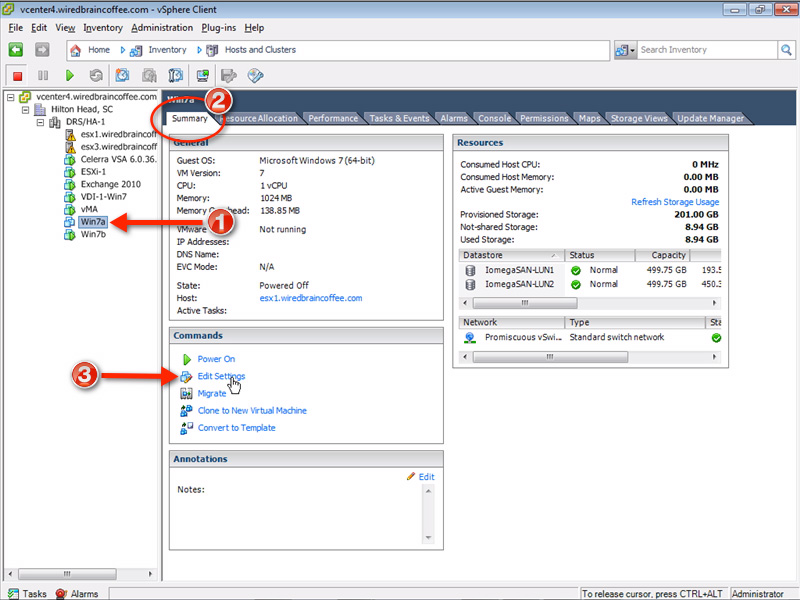
In the Virtual Machine Properties window , open the Options tab and select Memory / CPU Hotplug . Next is Memory Hot Add and select Enable memory . Similarly to the CPU , open the Hot Plug CPU controller and select Enable CPU . Then click OK :
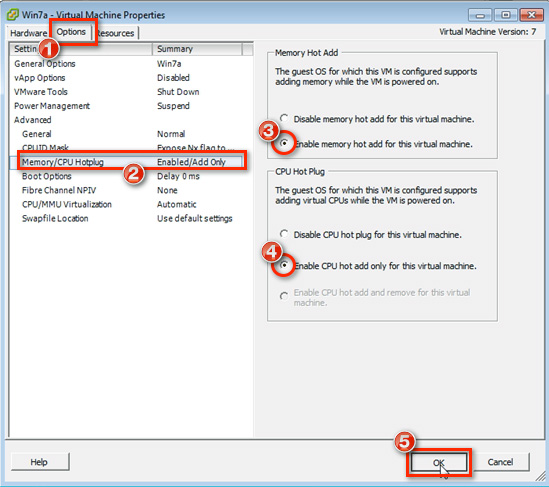
At this point, you can turn on the virtual machine. Next, check the hardware configuration and compare it with before using Hot-Add and Hot-Plug. Log in to the internal operating system and open My Computer Properties :
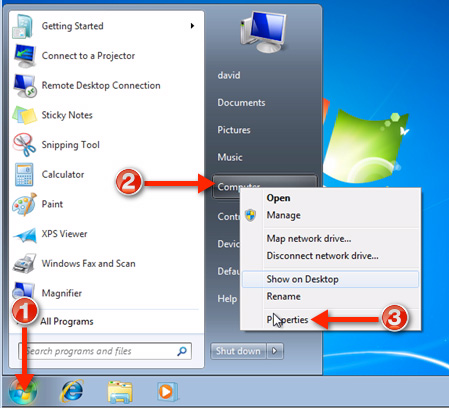
And see hardware information: RAM and CPU . In this test our is 1GB of RAM:
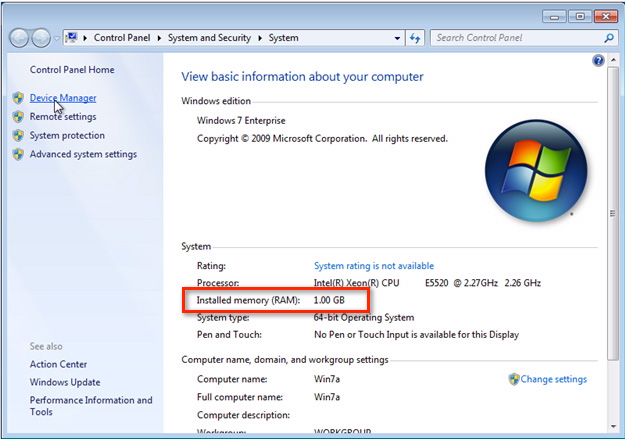
In the left pane, select Device Manager> Processors:
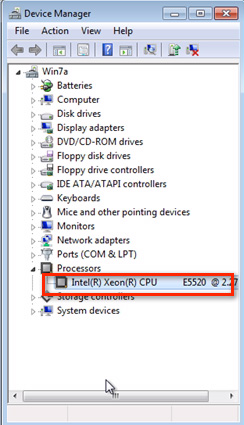
Increasing more RAM and CPU into active virtual machine:
Next, go back to the vSphere Client program, select the Summary> Edit Settings tab as before. Go to the Properties window of the virtual machine, select the Hardware and Memory tab. And in this time, the Memory Configuration item can be used:
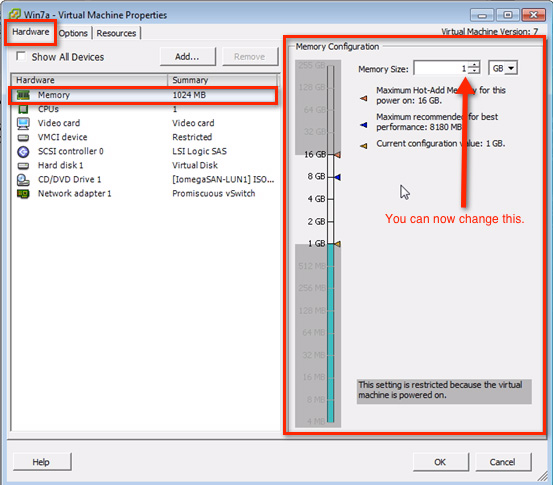
We were able to do this while the virtual machine was working
After increasing the RAM capacity (for example, from 1GB to 3GB), do the same with the CPU :
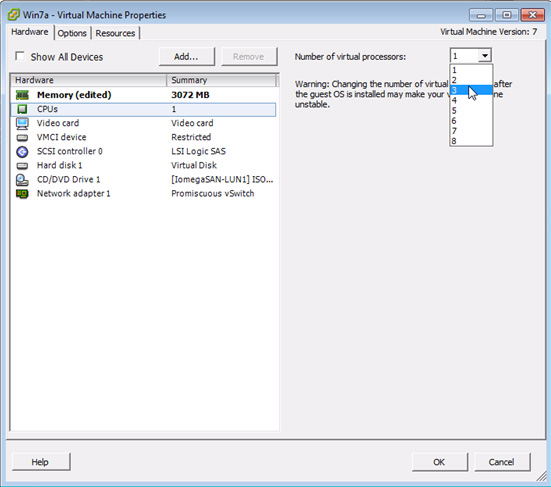
Change from 1 CPU to 3 CPU
Click OK to apply the changes. If you want to check the results of this process, open the Summary tab:
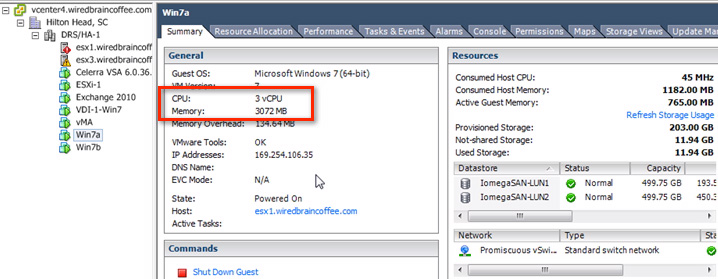
If you want to check it further, log in to the operating system inside the virtual machine and open My Computer Properties :
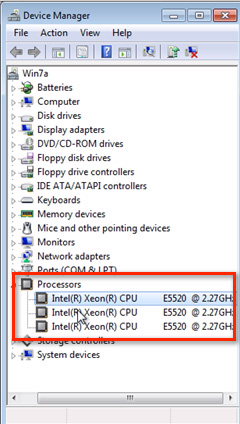
CPU

RAM
>>> Video reference:
Good luck!
You should read it
- Instructions for speeding up virtual machines in full set
- Install Mac OS X Snow Leopard on a PC using VMware
- Instructions on how to install virtual machines with VMware
- Compare VMware Workstation Pro and VMware Workstation Player
- Instructions on how to fix 'The VMware Authorization Service is not running'
- VMware Workstation Pro - Download VMware Workstation Pro here
- VMware: Find out about Virtual Switch
- Create and restore backups with VMware vSphere Data Recovery
May be interested
- How to adjust auto width on Excel
 you can simply adjust the width of excel columns with the code to automatically adjust the width. when you need to adjust the width of a column, just click on the column header.
you can simply adjust the width of excel columns with the code to automatically adjust the width. when you need to adjust the width of a column, just click on the column header. - Adjust screen brightness of Windows 7 on PC, laptop
 the article will guide you how to adjust the screen brightness of windows 7, help adjust the screen brightness to suit the condition of the eye, increase working efficiency when sitting long in front of the computer screen.
the article will guide you how to adjust the screen brightness of windows 7, help adjust the screen brightness to suit the condition of the eye, increase working efficiency when sitting long in front of the computer screen. - Line breaks in Excel
 when you adjust the line stretching on excel will help make the page layout more reasonable, look more professional.
when you adjust the line stretching on excel will help make the page layout more reasonable, look more professional. - Top software to adjust the best computer screen brightness
 top software to adjust the best computer screen brightness. normally on a windows computer to adjust the brightness, you must use the buttons for the laptop and manually adjust the screen for the pc. this is a huge inconvenience and time consuming for users
top software to adjust the best computer screen brightness. normally on a windows computer to adjust the brightness, you must use the buttons for the laptop and manually adjust the screen for the pc. this is a huge inconvenience and time consuming for users - How to adjust the system animation on iPhone
 to change the animation mode for each of the different actions on the iphone, users can install bounce it.
to change the animation mode for each of the different actions on the iphone, users can install bounce it. - How to adjust the size of PowerPoint photos automatically
 adjusting photos automatically on powerpoint is very simple, no need to manually adjust as before.
adjusting photos automatically on powerpoint is very simple, no need to manually adjust as before. - How to adjust audio and subtitles on Netflix
 in netflix, there is an option to adjust the audio and subtitles according to the language of a certain country to increase the viewing experience for users.
in netflix, there is an option to adjust the audio and subtitles according to the language of a certain country to increase the viewing experience for users. - How much is reasonable to regulate refrigerator temperature?
 the adjustment of the refrigerator temperature so that it is reasonable, not all families are interested and known, as this will affect the food quality as well as the operating capacity of the machine.
the adjustment of the refrigerator temperature so that it is reasonable, not all families are interested and known, as this will affect the food quality as well as the operating capacity of the machine. - How to adjust video speed on CapCut
 capcut's video slow-forward tool provides users with ways to change the video speed at will, helping you to have new videos than the original video.
capcut's video slow-forward tool provides users with ways to change the video speed at will, helping you to have new videos than the original video. - How to adjust the font size on Windows 10 screens
 to adjust the font size on windows 10 is also very simple, you just need to adjust a bit in the settings and you're done. in addition, you can use the third software to change the text size on the screen of windows 10. in this article, software tips will guide you how to adjust the font size on windows 10 screens.
to adjust the font size on windows 10 is also very simple, you just need to adjust a bit in the settings and you're done. in addition, you can use the third software to change the text size on the screen of windows 10. in this article, software tips will guide you how to adjust the font size on windows 10 screens.










 Delete log information in Windows Server Backup
Delete log information in Windows Server Backup Deny access when managing Hyper-V remote server in Workgroup
Deny access when managing Hyper-V remote server in Workgroup Install Mac OS X Snow Leopard on a PC using VMware
Install Mac OS X Snow Leopard on a PC using VMware Setting up Wi-Fi authentication in Windows Server 2008 - Part 1
Setting up Wi-Fi authentication in Windows Server 2008 - Part 1 Set up Wi-Fi authentication in Windows Server 2008 - Part 2
Set up Wi-Fi authentication in Windows Server 2008 - Part 2 What to back up on a Linux Home Server system?
What to back up on a Linux Home Server system?